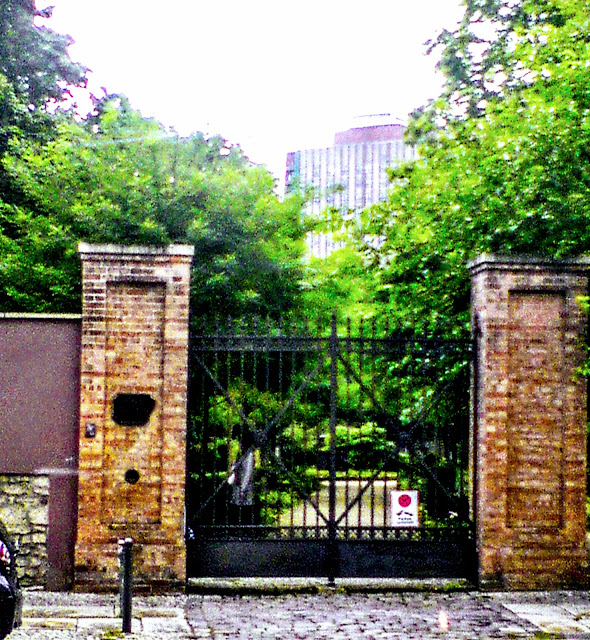Berlin's Town Halls

Some of Berlin's town halls look like castles, some are still used and some not. Berlin has a variety of them. Due to the union of several districts, some of the town halls are no longer used as government seats. Today we are going to take a closer look at the best known and most impressive ones. By the way, the German name for town hall is Rathaus. Rotes Rathaus (Red Town Hall) Berlin’s main town hall was built 1861-1869 by Hermann Waesemann. A frieze around the building tells Berlin's history. The tower is 74 meters high. During the division of Berlin, the government of East Berlin used the building. The politicians of West Berlin met in the town hall in Schöneberg. Opposite the Rotes Rathaus lies the Altes Stadthaus (old townhouse) . It was opened in 1911, because the Rotes Rathaus could no longer accommodate all the offices! Rathausstraße 15 10178 Berlin Bus: 100, 200, M48 The Rotes Rathaus is Berlin's best known town hall. The Altes Stadthaus l


